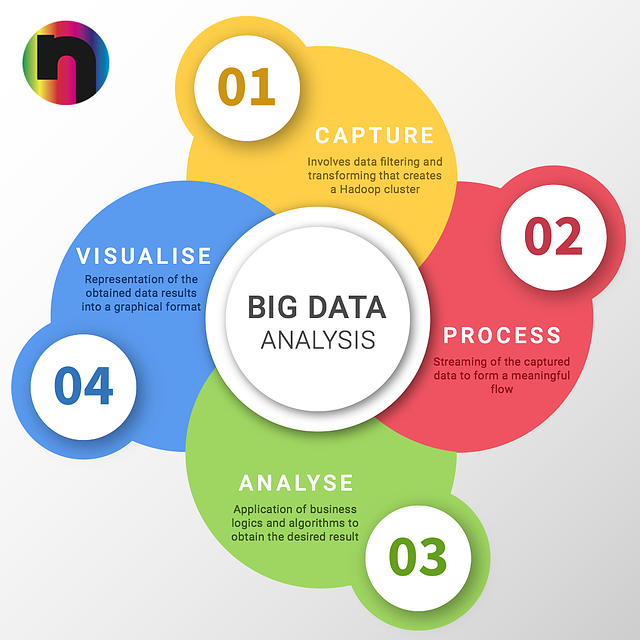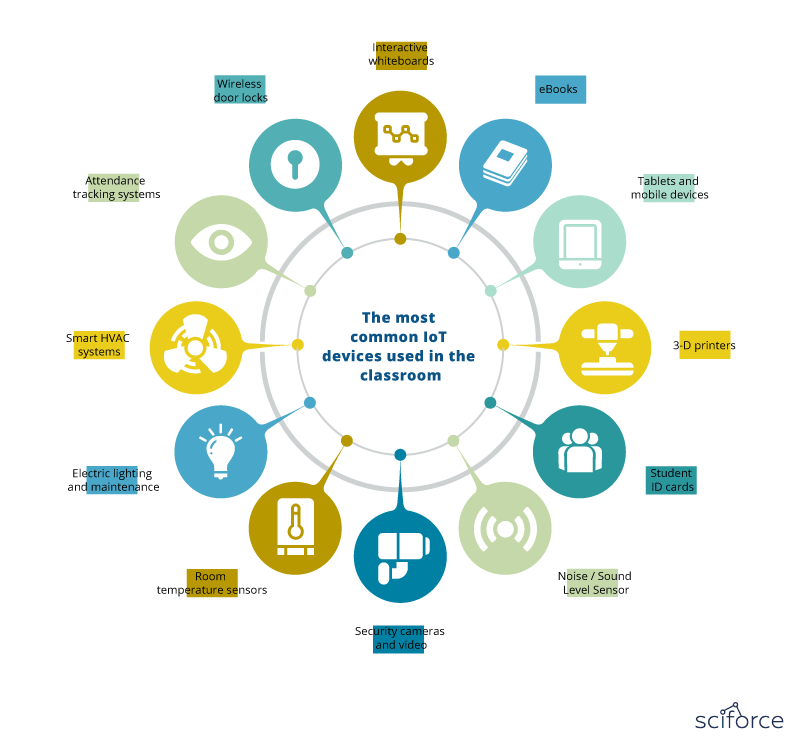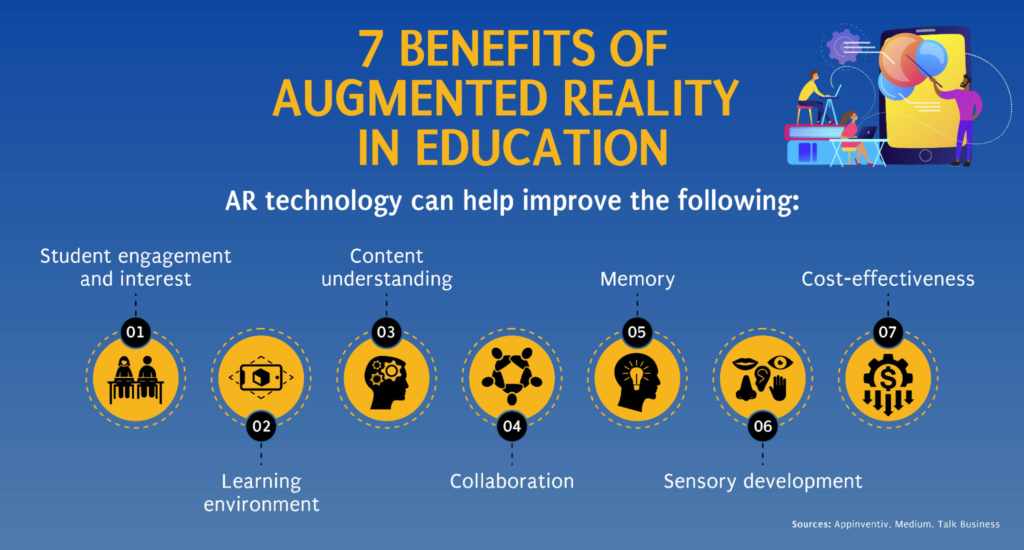Stats report that the global tech market for the higher education sector will hit the 169.72 bn USD mark by 2028, demonstrating a CAGR of 10.3%.
While the EdTech market saw its first major boom in 2015, the onset of the COVID-19 pandemic expedited its spread, adoption, and innovation. As per recent studies, 58% of the professors have a more positive view of EdTech after COVID and challenge-based gamification in e-learning has improved the educational outcomes by 89.45%.
With higher internet penetration and more and more people getting smart devices for education, EdTech is all set to gain more momentum in higher education.
Classrooms are becoming smart with interactive boards, smart boards, projectors, and online learning programs, and Learning Management Systems (LMS) are becoming more popular across the entire education sector.
Here, we discuss some of the most promising emerging EdTech trends in higher education and explore how will technology change education in the future. We also explore how emerging technology trends can improve education and what is the best way to get started if you are an educator or education stakeholder.
Top Trends in Technology in Higher Education
When it comes to anything that is the latest in educational technology, it is important to explore and evaluate it with a fair and bias-free mind. Because it is important to consider and explore whether the latest tech or any other trend would deliver across the intended value proposition across the following:
- Large scale adoption
- Ease of use
- Cost of application
- Availability for masses
Further, no matter how amazing tech or tech-based product is; when it comes to education, it is important to consider its ease of adoption and cost of implementation.
Below, we share the top EdTech trends that are the latest in technology and higher education.
1. Artificial Intelligence (AI)
As per the Artificial Intelligence Index Report of Stanford University, Natural Language Processing (NLP) and AI are progressing at a rapid pace. They are finding applications everywhere in higher education from learning management systems to proctoring, and grading – AI is everywhere.
AI is also being used in student information systems, disability support, library services. AI-based software tools are also offering educators easy, reliable, and diverse methods of making education adaptive, comprehensive, personalized, and more inclusive.
For example, PrepAI, an AI-based question generator, allows the teachers to generate questions from various sources, such as type/paste text, PDF/DOCX file, Video file, etc. It can create different types of questions, such as MCQs, fill-ups, descriptive questions, etc. You can also select the questions as required.
With such solutions, educators can generate different question papers for different students, while ensuring that the difficulty level remains the same. These solutions help teachers create better question papers with new, insightful, and different types of questions every time.
Hence, AI is one of the major future education trends.
2. Online Assessments
Online assessments gained momentum post-COVID, and are now becoming the new normal. When everything shifted to remote, having a fair, standardized, and reliable means of assessing and evaluating the students became an essential must-have in the education sector.
Apart from being immune to cheating and manipulation, the online assessment methods must also ensure that no student can leave an ongoing exam session by any means. Further, ensuring fairness on the part of students is also important. Online proctoring is one way to do so, where online invigilators monitor the test takers from start to finish. The test takers have to share their audio, video, and screens with the proctors for the entire test duration.
This is where AI-powered online assessment solutions, such as PrepAI, come into the picture. This platform allows the question paper setters or moderators to generate numerous question sets. They can accordingly create a unique test paper set for each student by selecting from the range of questions generated.
To curb the malpractices in online assessments and to make them fair and more credible, many monitoring solutions are also finding their way into EdTech. These solutions take screenshots of students at random times while they are taking the exam.
Facial recognition for cross-checking the identity of students in online settings and on-campus is yet another trend that is powered by AI and is an initiative towards fair assessment.
3. Big Data for Performance Tracking and Analysis
As the assessment processes are evolving, and learning management systems are finding their way into educational institutions, big data analytics is also becoming important.
Using Big Data analytics in education serves many purposes, such as the ones shown in the following image:
Using Big Data in education will allow the teachers and institutional decision-makers to leverage data analytics to bridge the gap between existing issues in teaching, assessments, and student progress that require immediate actions.
Big Data analytics can also help them to uncover the hidden issues in learning, teaching, and management to optimize all these processes.
Teachers can record all the data pertaining to student performance in the analytics-based software and measure the improvements in each student via pre-set KPIs. Hence, they can visualize the entire learning journey, knowledge enhancement, and overall performance of the student over time.
Apart from increasing the quality of education, this will also improve the quality of learning for every student to a great degree.
The teachers can identify the gaps and issues every student is facing, to offer personalized learning to each student.
4. IoT for Smart Campus
The Internet of Things (IoT) is an innovative technology that allows all smart devices to communicate with each other via the internet. These devices communicate by sending signals that can be used for various purposes, such as:
- Alerts, alarms, and triggers
- Panic alarms
- Automated security monitoring across the entire campus
- Automated enforcement of identification, validation, and authentication in various settings
The technology will make institutional management easier, tech-based, and more robust. Further, it can be used to ensure proper infrastructure management.
The devices with IoT functionality can exchange and compile any kind of information without requiring human intervention. Hence, the education industry is also using them for face detection, student vehicles monitoring, etc.
As IoT is becoming cost-efficient, it can also be used to manage attendance digitally via biometrics, real-time location tracking of students, school bus tracking, keeping a tab on power consumption, detecting the human presence in some rooms, etc.
IoT can also help schools to cut down on their paper expenses amounting to $200,000 per year as it is reusable and can facilitate paper-less operations.
5. Augmented Reality (AR) and Virtual Reality (VR) Labs
Augmented Reality helps you understand real-world events in an enhanced manner with the help of AR headsets. On the other hand, VR allows you to visualize events that are not actually there. For example, VR headsets allow you to visualize how atoms bond together or how biological phenomena take place.
AR and VR would take perceptive and practical learning to the next level as the students can actually witness the reactions, biological processes, technological simulations, and experiments via AR and VR gadgets.
So, they no longer have to get fussy over the charts, diagrams, process flows, and dry flowcharts. They can witness things happening in real life and can bring their design and projects to real life with proper simulation.
Take a look at the number of other benefits of AR in higher education that are shown in the following image:
This would enhance the quality of higher learning for a large number of disciplines, such as design and decor, fashion, software, technology, innovation, chemistry, physics, and even applied sciences.
6. Open Education And Hybrid Courses
Open education is an initiative of various organizations such as Open Education Consortium and Google that aims at making education accessible for all.
The open education courses are available for free on the internet and are becoming increasingly popular among the teaching fraternity and students all over the globe. This means that students across the globe can learn and amplify their knowledge synergistically.
As the majority of the research references are also available at one place, the time spent in research is significantly reduced and professionals looking for courses that are more relevant to their profession or job profiles can also easily upskill themselves.
Some examples of such courses and open learning comprise:
- Short courses
- Boot camps and badges
- Professional licenses and certificates
- University certificates
- University-accredited programs
Now that we have explored the various EdTech trends and the way they improve the standards in learning and teaching, let us move on to the next crucial part – the adoption!
Getting Started: How To Use the Latest EdTech Trends and Technology in Higher Education?
The large-scale adoption of the latest EdTech trends is obviously going to take some time, at least a few years. But to get a competitive advantage, we recommend getting started as early as you want.
As an educational institution, you can start adopting standalone tech advancements, such as student management systems, learning management systems, and AI-based student evaluation and assessment tools, such as PrepAI.
As you use these systems, you can figure out the other EdTech needs and requirements specifically for your institution, and scale accordingly.
For more information, expert consultation and to get started with PrepAI, just signup for free or schedule a demo today!





